More than one-in-three American workers are Millennials, and in 2015, Millennials supplanted Generation X as the largest generational group in the American workforce. Already 53.5 million-strong, the Millennial working population is only expected to grow.
Imagine Millennials
If you’re surprised by the number of working Millennials, you’re not alone. The image of a tech-savvy, early twenty-something who is fresh out of school is a popular schema for the Millennial generation. But the oldest members of this generation are in their mid-thirties as of 2017—many have a decade or more of work experience. “Millennials” are often swept into a generalization persona when really, the division is huge.
When you consider this partition of life experience, it makes sense that no style of communication is preferred across the board. By no means are all Millennials digital natives, nor are all Millennials averse to phone calls or direct communication.
For the sake of simplicity, we might divide this generation into the “young” Millennials and “old” Millennials. What do we know about these groups, and what do they want when communicating in the workplace?
The Older New Guard
The “old” Millennials—those born in the early 1980s—may balk at being associated with the Millennial label to begin with. In the same way that the oldest Baby Boomers vastly differ from the youngest (the boomer generation birthdates being 1946 to 1964), both “types” of Millennials spent their formative years in vastly different worlds. Many older Millennials entered the workforce prior to the financial crisis in 2008; they grew up in an optimistic financial environment that was then quickly upheaved. This left them to recalibrate their worldview in a financially insecure climate while simultaneously welcoming the digital age.
The Newer New Guard
While the early Millennials were facing the ramifications of the financial crisis in their young adult lives, the later Millennials experienced these tectonic shifts in their formative years. Young Millennials experienced the recession through a realistic lens, knowing that the changes would absolutely affect the job market. This movement in the traditional view of the workplace causes some young Millennials to leverage their passions as a driving force for career decisions, rather than following suit the work of their parents.
Millennials in the Workplace
The literature and data surrounding the Millennial generation is conflicting. However, by factors of age alone, it’s reasonable that the older Millennials trend toward the workplace sensibilities of Generation X. They feel strongly that stability, individual advancement and work-life balance are drivers to keep them in a position. While young Millennials also place high value on work-life balance, they seek meaningful work and prefer immediate feedback where possible. Findings show that the advent and adoption of the smartphone and widespread social media may lead to augmented collaborative skills and a preference for a flat work environment with a team-oriented mentality. Managers, bosses, and recruiters at all levels are encouraged to keep these insights in mind when working with this versatile group of people.
Every Millennial hire brings different skills and preferences to your work environment. What impact has the Millennial generation made on your workforce? At HSD Metrics®, our ExitRight® interviews, Engagement, Retention, and On-Boarding surveys help you identify unique differences and preferences with management support, work relationships, performance objectives, and more. Such information may be used to improve the hiring and retention of employees. Contact us online today or call 877-439-9315 to learn more.






